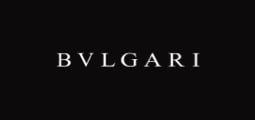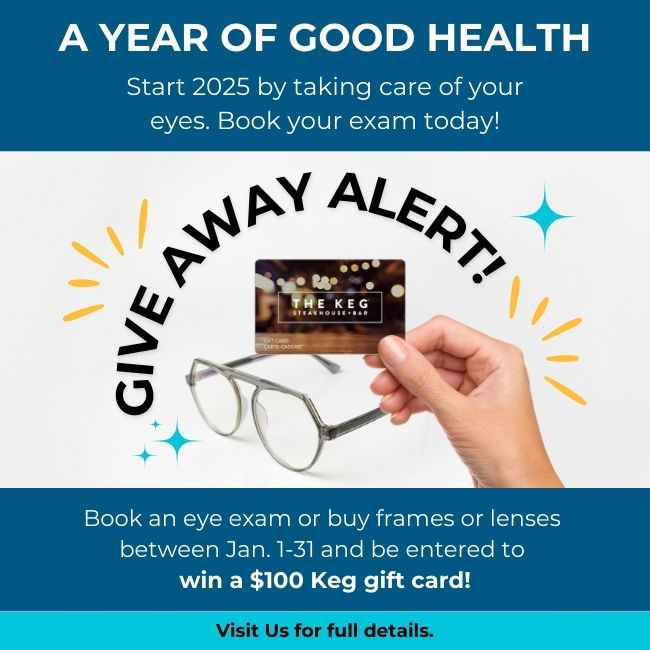When switching from glasses to contact lenses, it’s natural to wonder if your glasses prescription can do double duty for both. The answer is no. While both correct your vision, they do so in different ways. Contact lens prescriptions are tailored to account for lenses that sit directly on your eyes, and glasses prescriptions are for lenses positioned further away on your face.
Understanding why these prescriptions aren’t interchangeable is vital for maintaining your eye health and achieving the best possible vision. Here’s what you need to know about the differences and what makes contact lens prescriptions unique.
Why Glasses Prescriptions Don’t Work for Contacts
The key difference between a glasses prescription and a contact lens prescription lies in where the lenses sit. Glasses rest about 12mm away from your eyes, while contact lenses are placed directly on the surface of your cornea. This distance impacts how light enters your eye, which means the correction required for clear vision also varies.
Glasses prescriptions lack important details needed for contact lenses, such as the curvature of your eye and the size of the lens. Without these measurements, your contact lenses wouldn’t fit properly, leading to discomfort or even potential damage to your eyes.
Comparing Glasses & Contact Lens Prescriptions
Understanding the key differences between glasses and contact lens prescriptions can help you better manage your vision care. While both are designed to correct your vision, the information they provide is distinct.
Glasses prescriptions include:
- Power (SPH), which covers the correction needed for each eye.
- Cylinder and axis values for correcting astigmatism.
- Pupillary distance (PD), which ensures that lenses are positioned correctly within your frames.
Contact lens prescriptions include:
- Power (SPH) information for both eyes.
- Base curve (BC), which defines how the lens fits the curve of your eye.
- Diameter (DIA), determining the lens size.
- Specific lens type or brand recommended for your eyes.
- Cylinder and axis values.
What Makes a Contact Lens Prescription Different?
A contact lens prescription includes several unique measurements and specifications designed to ensure the lenses fit your eyes perfectly and work effectively. Here’s what’s typically included:
Base Curve (BC)
The base curve measures the curvature of your cornea and helps determine how the contact lens should sit on your eye. This number, typically between 8 and 10 millimeters, ensures a comfortable and stable fit.
Diameter (DIA)
The diameter refers to the size of the contact lens, usually between 13 and 15 millimeters. This measurement ensures the lens covers the right area of your eye without shifting out of place.
Lens Type or Brand
Your prescription will specify the material and brand of lenses best suited for your eyes. This might include daily disposables, bi-weekly, or monthly lenses, tailored to your lifestyle and eye health.
Power (SPH)
The spherical power corrects nearsightedness or farsightedness, just like in a glasses prescription. However, this value may differ slightly for contacts due to their closer proximity to your eye.
Additional Features
If you have astigmatism or other vision conditions, your prescription may include cylinder and axis values or even specialty lenses. These details ensure that your lenses provide precise vision correction.
Why a Contact Lens Exam is Important
While your glasses prescription can serve as a starting point, a dedicated contact lens exam and fitting are essential. This hands-on process includes more than just writing down measurements. Here’s what you can expect during a contact lens fitting:
- Corneal measurements: Your optometrist will measure the shape and curvature of your cornea to determine the base curve and size of your lenses.
- Tear film evaluation: The health of your tear film is assessed to ensure your eyes stay hydrated and comfortable while wearing contacts.
- Lens trials: You’ll try different lenses to find the best combination of comfort and vision clarity.
- Training: You’ll learn how to insert, remove, and clean your lenses properly to ensure safety and longevity.
This personalized fitting process not only ensures clear vision but also helps protect the long-term health of your eyes.
Exploring Your Contact Lens Options
When transitioning to contact lenses, you’ll discover a variety of lens types tailored to different needs and preferences. Your optometrist will help you choose the best option for your lifestyle and vision requirements. Here are some common types of contact lenses:
Soft Contact Lenses
These are the most popular choice for lenses and are valued for their comfort and ease of use. Soft contact lenses are available as daily, bi-weekly, or monthly disposables, making them a convenient option for many.
Specialty Lenses
Specialty lenses cater to those with unique eye conditions or advanced prescriptions. Examples include:
- Toric lenses for astigmatism
- Multifocal lenses for Presbyopia
Why Regular Eye Exams Are Crucial
Even with the perfect pair of contact lenses, regular eye exams are essential. Over time, changes in your eye health or vision may affect your prescription. Scheduling annual check-ups allows your optometrist to monitor for any issues and update your lenses as needed.
During these exams, your optometrist will also:
- Ensure the lenses still fit correctly
- Assess the health of your eyes
- Make recommendations for new lens technologies
- Provide tips for proper lens care to prevent complications
Making the Switch to Contact Lenses
Glasses and contact lenses each have their advantages, and many people enjoy the flexibility of having both. Whether you value the ease and style of glasses or the freedom and convenience of contacts, it’s important to have the right prescription and fit.
At Stoney Creek Optometry, our experienced team is here to guide you through the process. From personalized contact lens exams to expert fittings, we’re committed to helping you achieve clear, comfortable vision that suits your lifestyle. Book an appointment for your next eye exam today!






















